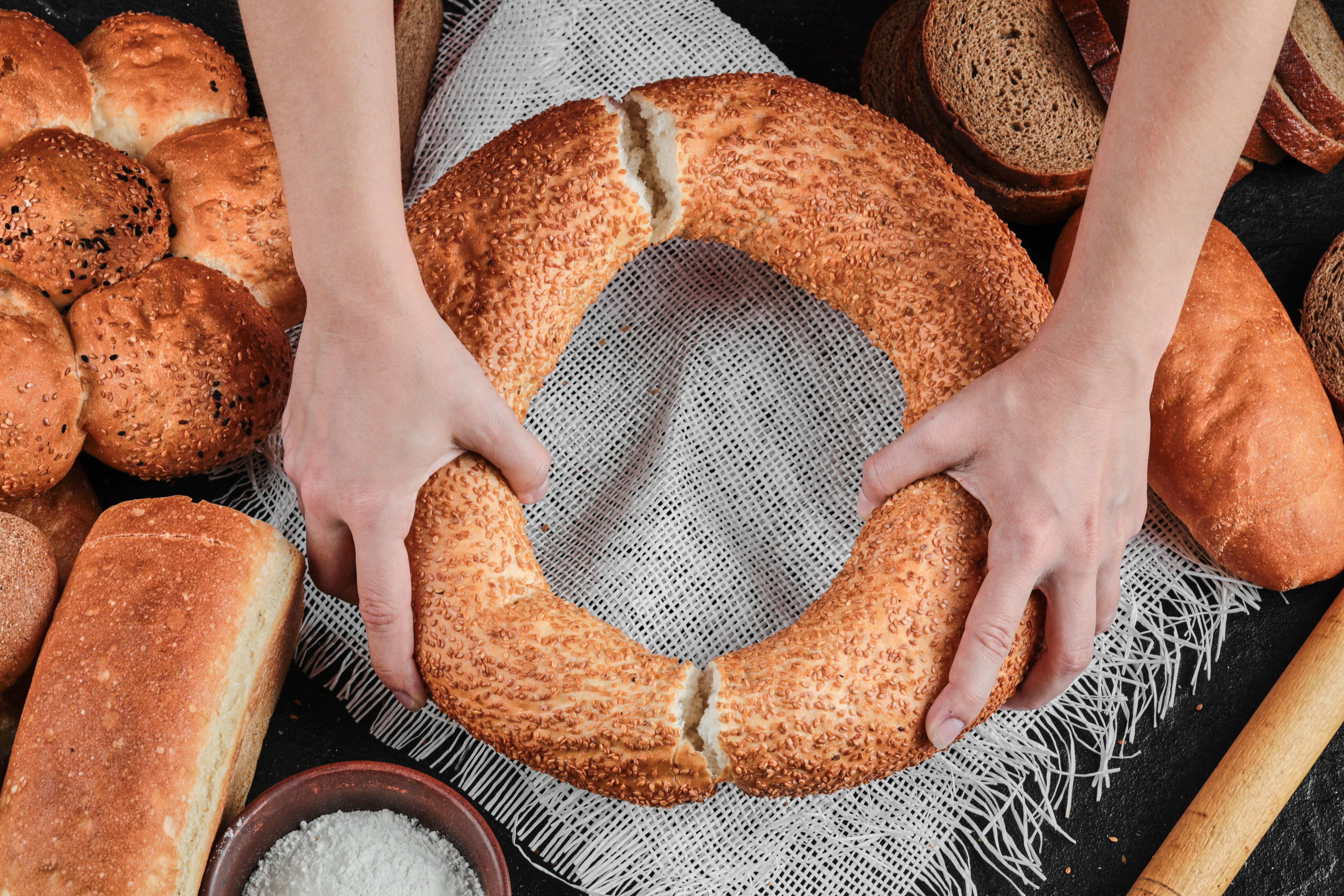Bread and Belonging: Why Every Culture Bakes Its Own Identity

Strong 8k brings an ultra-HD IPTV experience to your living room and your pocket.
In a world where everything keeps on changing and becoming faster and more digital by the second, bread continues to remain one of the oldest symbols of culture and belonging. Traditional bread recipes speak of the people who have passed them on, their histories, struggles, and celebrations. Over different cultures and continents, bread has been much more than a source of sustenance. It has been a source of comfort, a ceremonial offering, a sign of hospitality, and a subtle claim of identity.
At its core, the cultural meaning of bread finds its essence in simplicity. The simplicity of making something great was there with just flour, water, and very little yeast. Yet from this humble trifecta arises a stunning diversity of cultures. Each region, each culture, has altered this basic recipe to its own customs based on climate, grains available, religious practices, and lifestyles.
Homemade Traditions: Recipes for Breads
Lavash in Armenia is not just bread but a way of life. Already declared a seal of UNESCO as one of the Intangible Cultural Heritage World, lavash is classically baked in a tonir (or earth oven) and carries some very flexible meanings, wrapping cheeses and herbs, prepared during weddings and blessings, and is commonly part of religious activities. Making lavash is probably considered a communal process that involves the collective effort of women in the family across generations, thus strengthening kinship ties and cultural continuity.
Just like that, in France, the crust of baguettes is national pride, and that sinks in with economy and artisanal tradition. The naan and the roti are so fundamental to Indian culture that in almost every meal in any region of India, there will be slight variations based on local customs and the products put on the table. The tortilla of Mexico tells the long history of maize, which, before any European contact, was regarded as sacred by indigenous peoples.
These breads, crossing over into the realm of anthropology, trace the bond between humankind, their ancestry, and their homeland.
The Cultural Significance of Bread: Breaking and Sharing Bread
Bread is much more than the mere composition and taste. It symbolizes, in its long history, sustenance and community, and peace. It is the very act of offering bread that is sacred hospitality in many religions. In Christianity, breaking bread is a ritual. Judaism braids challah and blesses it on the Sabbath. And for Muslims, sharing bread is an act of charity and kindness.
Historically, when bread stocks ran low, it was an omen of calamity. So was the case of the French Revolution, which had its roots partly in the inability of the masses to sweat parchment for their basic loaf. Even today, bread accessibility can stand as a measure of political stability or instability.
On the intimate scale, bread is quite often the very first gift, the introduction to another person. From an Armenian perspective, it is just as true that greeting a visitor with bread and salt is, above all, a wish of welcome and goodwill beyond any language. Thus, bread emerges as an instrument for belonging. It is what ties people together at the table, what lasts in children's memory of their grandmother's kitchens, what expatriates seek when they miss home.
Cake Shops in Yerevan: Heritage Meets Modernism
Today, as the world goes global, the beloved measures of tradition and their fine old baked goods thrive with regard to preparations found in modern bakeries and cake shops, without unfortunately adapting. Yerevan, which is the capital city of Armenia, seems to be the place where cake shops or bakeries not only innovate old recipes, but also preserve some old traditions.
Just step into any popular cake shop in Yerevan, and you will probably find the fresh lavash localized with imaginative reinterpretations of traditional flavors. Some shops stock breads spiced with herbs and cheese, sweet breads with fruit and nut fills, offering hybrids that cut across Armenian and international baking techniques.
Bakeries like this serve as cultural bridges. For the inhabitants, they remind me of homegrown traditions seen in novel perspectives. For tourists, they serve the savory beginning of Armenian hospitality and culinary history at its finest. The bread is flatforms but also in an intricate gata (a sweet, buttery bread often baked for special occasions), certainly reminds one of bread's life within an Armenian household.
In a more comprehensive view, Yerevan's thriving bakery industry is also part of the global phenomenon of rediscovering and reinventing what food was in the past. While younger generations find their way between reverencing and honoring the past on one end and enlivening creativity for the contemporary world, bread clearly continues to spread its ripe canvas for expression.
There is a story in every loaf of bread. Perhaps it's a story of migration, survival, faith, or family. Maybe it's a simple daily life, the hands that kneaded the dough, the laughter around a meal. But bread can be shared everywhere in the world as a universal language-humble, nourishing, and deeply human.
Note: IndiBlogHub features both user-submitted and editorial content. We do not verify third-party contributions. Read our Disclaimer and Privacy Policyfor details.



